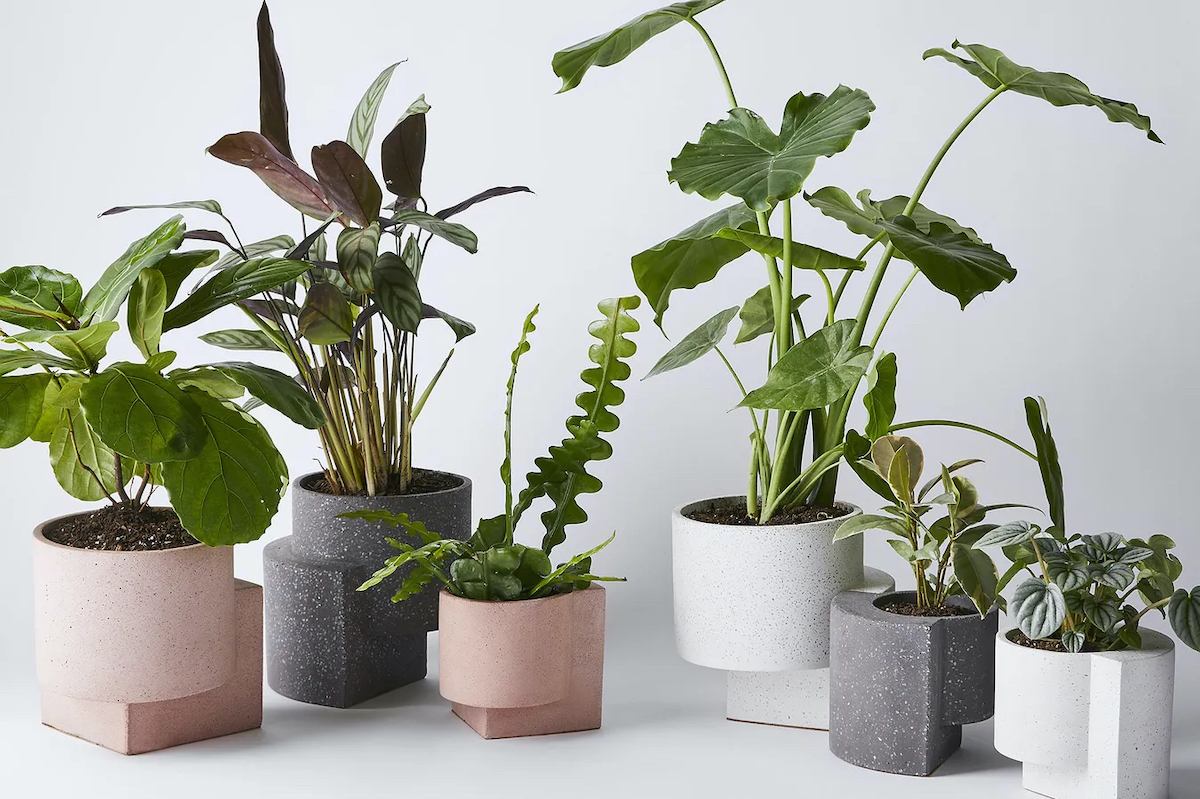Planting a tree and seeing it grow and thrive is one of the most long-lasting and fulfilling gardening experiences. I feel that way about the gingko in our front yard, but when it comes to wildlife value, a gingko is almost like having a plastic tree in your yard—it has zero value to the little critters that make nature work. A gingko attracts no caterpillars at all (which are essential for birds to raise their young), but a native oak, on the other hand, supports more than 550 species of caterpillars. According to Doug Tallamy, a professor of entomology and wildlife ecology at the University of Delaware and a leading voice in the movement to plant more natives, a single pair of chickadees needs 6,000 to 9,000 caterpillars to feed one clutch of young.
Unfortunately, most of the plants sold by nurseries today are not wildlife-friendly natives but introduced from Asia and Europe, often decades and centuries ago. The good news is, that over the past two decades the movement for planting natives has been gaining traction. More nurseries are offering native plants and some nurseries specialize only in natives. Home gardeners and landscape architects have become more aware that say, the Bradford pear, a very popular ornamental pear tree, might not be the best choice.
Here are the scientific reasons why native plants are decidedly better than non-natives: Natives support biodiversity and wildlife by providing food, shelter, and breeding locations. Natives are also much better adapted to the local climate and are less prone to diseases. Often, non-native plant species spread quickly and become invasive, choking out native vegetation.
Definitely do your research to find out which plants and trees are native to your area, and you’ll be doing your part to support biodiversity—no matter how small your yard or patio.
* * *
“Native” Is Defined By Location
What a native plant is depends very much on where you live. While the Eastern Redbud, the state tree of Oklahoma, has a large geographical range from Pennsylvania to Texas, other native trees are more confined to a certain region, such as the Pacific Dogwood which thrives only on the Pacific coast.
To find out what’s native in your area, seek out your local native plant nurseries, which are popping up in rapidly growing numbers. Or, enter your ZIP code in the Native Plant Finder, which will give you a long list of native plants, from flowers and grasses to trees and shrubs. Another great resource are the native plant societies found in many states; they often have Facebook groups where you can ask questions and meet a lot of highly knowledgeable native plant aficionados.
* * *
Choose Native Alternatives
When you’re out shopping for a tree—or for any other ornamental plant, for that matter—look for native alternatives.
Here’s a sample “plant this not that” list for popular trees and shrubs (and again, which alternative is best depends on your location):
- Burning bush: choose instead a highbush cranberry, highbush blueberry, fothergilla, red chokeberry, or Virginia sweetspire.
- Butterfly bush: choose instead a California lilac, bottlebrush buckeye, summersweet, sweet pepperbush, or New Jersey tea.
- Bradford pear (Callery pear): choose instead a red buckeye, serviceberry, American hornbeam, eastern redbud, fringe tree, yellowwood, American smoke tree, or black gum.
- Hydrangea: choose instead a native smooth hydrangea or oakleaf hydrangea.
- Magnolia: choose instead the native species southern magnolia or the sweetbay magnolia.
* * *
Going Native Is A Process
If you take inventory of your yard, you might realize that most of your plants are introduced, non-native species. Don’t worry—no one expects you to rip out all the plants. Instead, when you replace a plant that died from old age or disease and you need to fill a bare spot, plant natives. Of course, if you’re moving into a new home and starting landscaping from scratch, planting lots of natives is easy. Aside from the beauty of the plants, you’ll be rewarded with an increased number of birds and wildlife, helping our planet be a little more in balance.
Starting with a little is better than nothing. Slowly, plant by plant, your yard or patio can become a wildlife haven—or, as Dough Tallamy calls it, a Homegrown National Park, which is also the name of his latest campaign. Here you can register your location, how many native plants you have already, and what your goal is.


